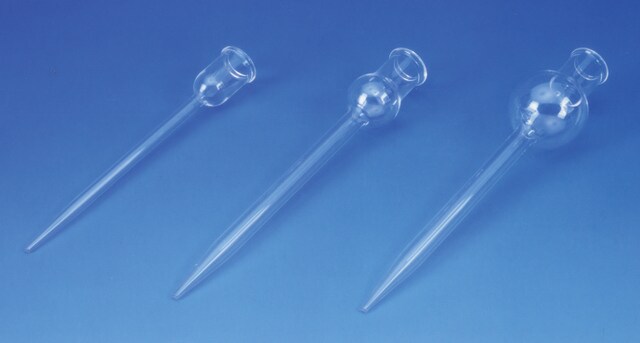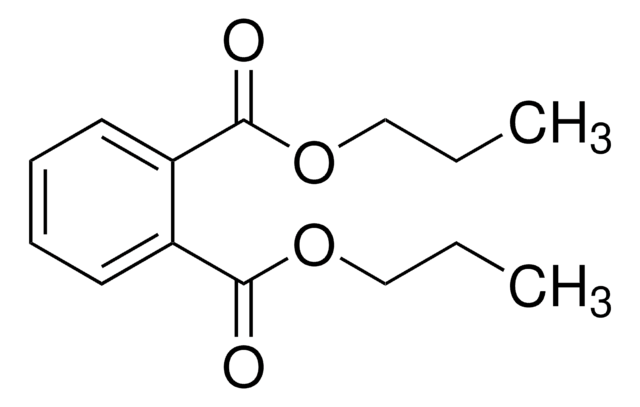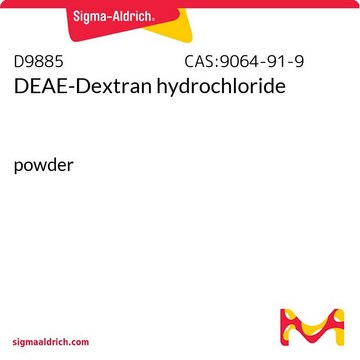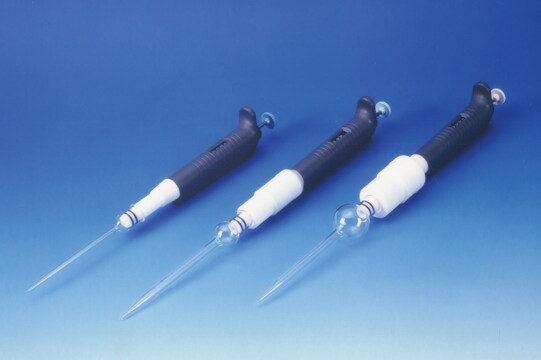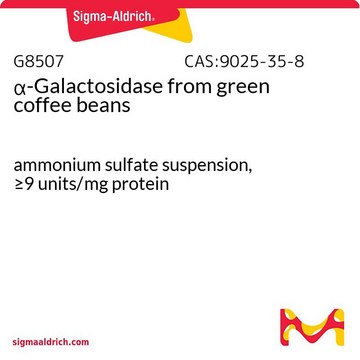MABF2074
Anti-MuLV TM Antibody, clone 42-114
clone 42-114, from rat
Synonym(e):
Murine leukemia virus
About This Item
Empfohlene Produkte
Biologische Quelle
rat
Qualitätsniveau
Antikörperform
purified immunoglobulin
Antikörper-Produkttyp
primary antibodies
Klon
42-114, monoclonal
Speziesreaktivität
virus
Verpackung
antibody small pack of 25 μL
Methode(n)
immunoprecipitation (IP): suitable
western blot: suitable
Isotyp
IgMκ
Posttranslationale Modifikation Target
unmodified
Allgemeine Beschreibung
Spezifität
Immunogen
Anwendung
Entzündung & Immunologie
Western Blotting Analysis: A representative lot detected MuLV TM in Western Blotting applications (Schneider, W.M., et. al. (2008). Virology. 371(1):165-74).
Qualität
Western Blotting Analysis: A 1:250 dilution of this antibody detected MuLV TM in HEK293 cells infected with murine leukemia virus (MuLVs).
Zielbeschreibung
Physikalische Form
Lagerung und Haltbarkeit
Sonstige Hinweise
Haftungsausschluss
Sie haben nicht das passende Produkt gefunden?
Probieren Sie unser Produkt-Auswahlhilfe. aus.
Lagerklassenschlüssel
12 - Non Combustible Liquids
WGK
WGK 1
Analysenzertifikate (COA)
Suchen Sie nach Analysenzertifikate (COA), indem Sie die Lot-/Chargennummer des Produkts eingeben. Lot- und Chargennummern sind auf dem Produktetikett hinter den Wörtern ‘Lot’ oder ‘Batch’ (Lot oder Charge) zu finden.
Besitzen Sie dieses Produkt bereits?
In der Dokumentenbibliothek finden Sie die Dokumentation zu den Produkten, die Sie kürzlich erworben haben.
Unser Team von Wissenschaftlern verfügt über Erfahrung in allen Forschungsbereichen einschließlich Life Science, Materialwissenschaften, chemischer Synthese, Chromatographie, Analytik und vielen mehr..
Setzen Sie sich mit dem technischen Dienst in Verbindung.